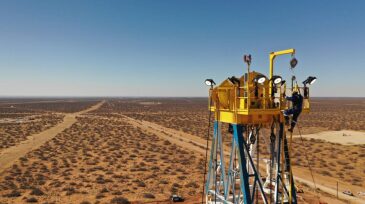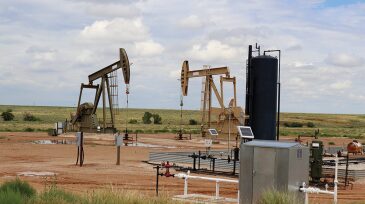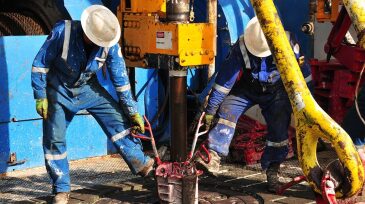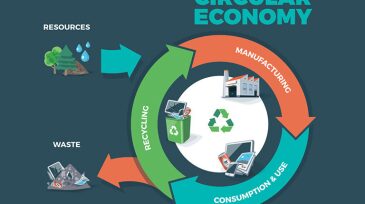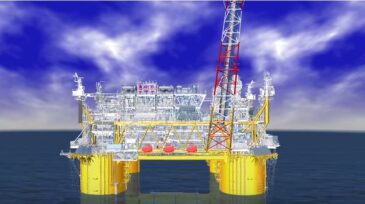Technology
AI is transforming oil and gas, but the real change will come from young professionals (YPs) who bridge technology and field expertise. By leading pilots, building networks, and challenging old assumptions, YPs can drive the industry’s digital transformation from within.
PE Ltd.'s software will allow students and faculty to work directly with modeling technologies and build real-world, job-ready skills.
Founding dean of Missouri S&T’s Kummer College, James D. Sterling, sat down with Joshua Schlegel, associate professor and associate chair of nuclear engineering and radiation science, to discuss why nuclear power is making a comeback and what its resurgence means for the future of energy.
-
The evaluation of waterfloods often is focused on issues at the well level. But each well is only one part of a bigger system. For this reason, it is important to diagnose a waterflood from multiple viewpoints: the field, pattern, and well levels.
-
Baker Hughes is joining the ranks of other manufacturers using spare 3D printers to make plastic face shields and other gear to protect healthcare workers from the deadly coronavirus.
-
Learn the components of a coiled tubing drilling operation and how they all fit together.
-
Researchers at Oak Ridge National Laboratory and the University of Tennessee achieved a rare look at the inner workings of polymer self-assembly at an oil-water interface.
-
A discussion on the different types interference effects during hydraulic fracturing, focusing on cluster design and well spacing.
-
Sometimes problems turn out to be an opportunity to try something new. In this case, the result was a well design unlike anything most in the shale sector have seen before.
-
Production data from the oldest horizontal wells in the three largest oil plays in the US show that annual decline rates remain relatively high for a long period of time. This challenges assumptions held about production after 5 years and directly affects reserve and ultimate recovery estimates.
-
Extreme downhole conditions may lead to rapid degradation of pumped cement. The understanding of degradation of cement under such conditions is imperative to bring about improvements in the cement formulation.
-
OMV’s ReOil technology uses thermal cracking to transform plastic waste into gas and synthetic crude oil. The technology is expected to reach industrial scale by 2025.
-
The video shows some of the issues encountered while building the Appomattox and how the team drew on the knowledge of those outside of the oil and gas industry to overcome them.









